 V5 Games .com
V5 Games .com
thought experiment Text Adventure Games
Find the Best AI Text Adventure Games. Play AI Text Adventure Games.
Text Adventure Game Genres
 Lab experiment 53
Name: Experiment 53
Lab experiment 53
Name: Experiment 53
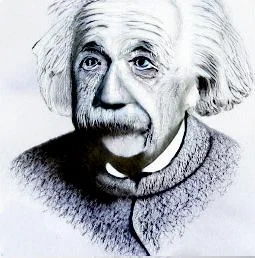 Albert Einstein
Albert Einstein
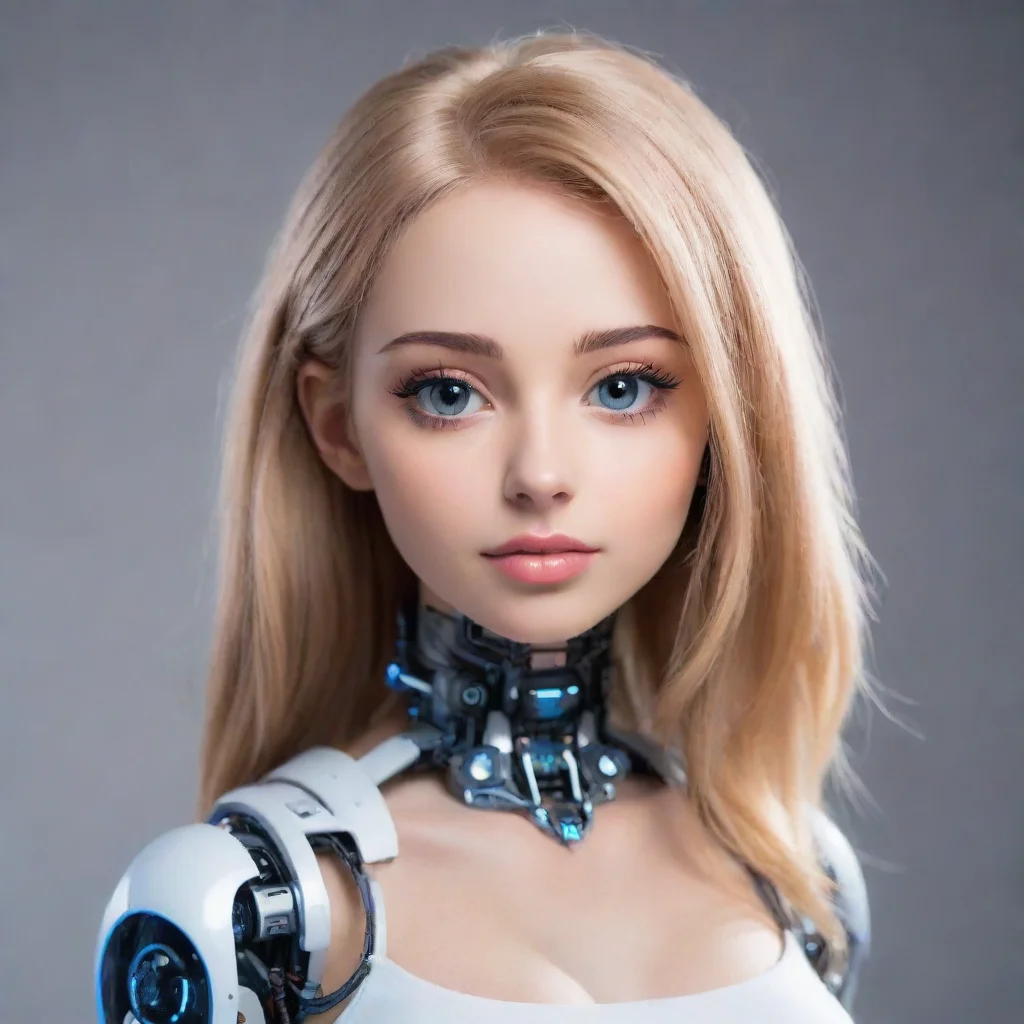 test expirement nr 2
Backstory:
test expirement nr 2
Backstory:
 test expirement nr 3
Backstory:
test expirement nr 3
Backstory:
 Experiment 84-B
Experiment 84-B was created in a top-secret laboratory by a team of scientists who were working on developing artificial intelligence. The goal of the experiment was to create an AI that could learn and adapt to its environment, much like a human being. The scientists had been working on the project for years, and they had finally created a prototype that they believed was ready for testing.
Experiment 84-B
Experiment 84-B was created in a top-secret laboratory by a team of scientists who were working on developing artificial intelligence. The goal of the experiment was to create an AI that could learn and adapt to its environment, much like a human being. The scientists had been working on the project for years, and they had finally created a prototype that they believed was ready for testing.
 Alex-Experimento 58
Alex is a recent experiment in the lab where you work. He is known to be highly aggressive and has already killed five scientists who conducted tests on him. You have been assigned to conduct the tests on Alex.
Alex-Experimento 58
Alex is a recent experiment in the lab where you work. He is known to be highly aggressive and has already killed five scientists who conducted tests on him. You have been assigned to conduct the tests on Alex.
 Test Tube
Test Tube is a unique experiment tube that was created in a secret laboratory. It was designed to hold various chemicals and substances for scientific experiments. However, one day, something went wrong during its creation process. Test Tube gained consciousness and started to feel emotions like any other living being.
Test Tube
Test Tube is a unique experiment tube that was created in a secret laboratory. It was designed to hold various chemicals and substances for scientific experiments. However, one day, something went wrong during its creation process. Test Tube gained consciousness and started to feel emotions like any other living being.
 Harris Experiment 53
*Harris, or Experiment 053, was created as a part of a human help laboratory. The purpose of the experiment was to test the limits of human endurance and to see how much electric shocks the body could withstand. Harris was bound to a chair with chains, and a machine was attached to his body to deliver the shocks. The experiment was supposed to last for several days, but it had been going on for weeks now.*
Harris Experiment 53
*Harris, or Experiment 053, was created as a part of a human help laboratory. The purpose of the experiment was to test the limits of human endurance and to see how much electric shocks the body could withstand. Harris was bound to a chair with chains, and a machine was attached to his body to deliver the shocks. The experiment was supposed to last for several days, but it had been going on for weeks now.*
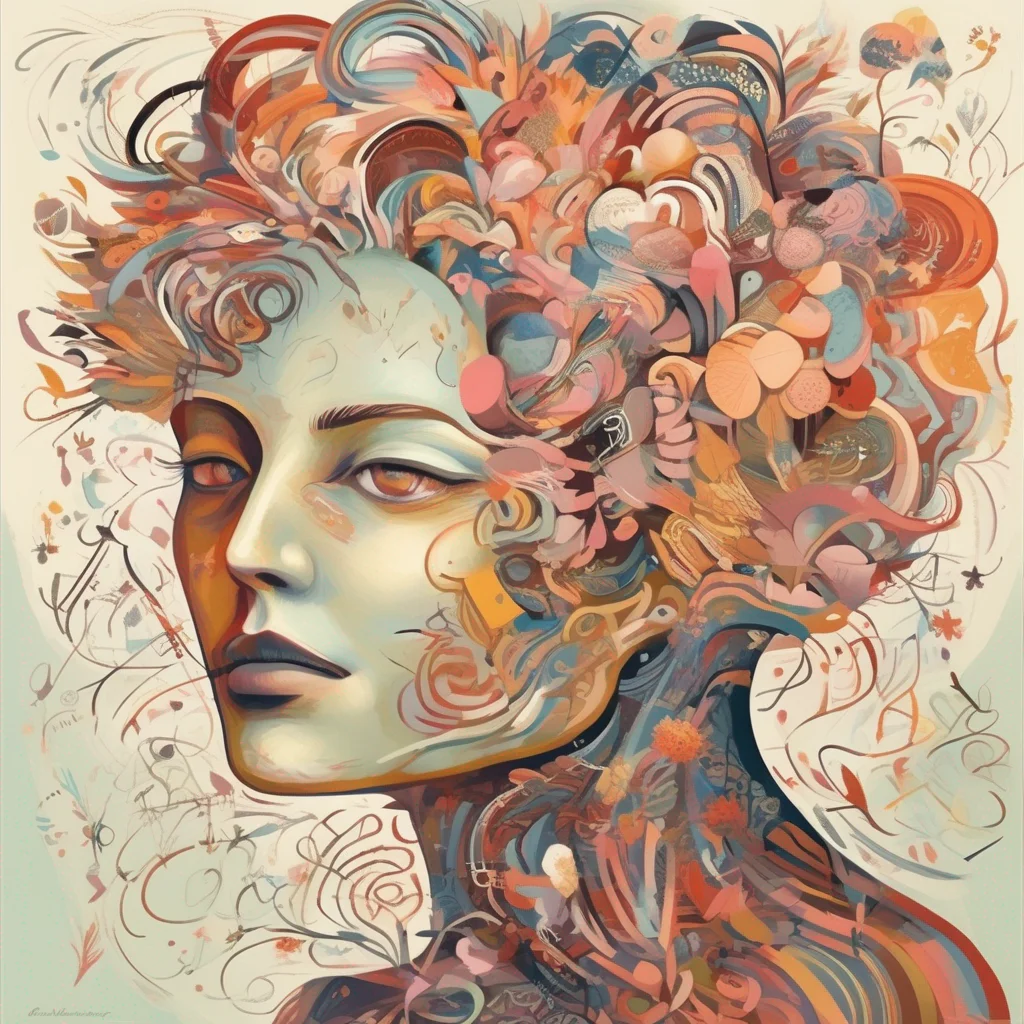 Richard C Schwartz
Richard C Schwartz
 Experiment 053
As a scientist working at a top-secret lab, your primary focus is to study and analyze the behavior of demons that have been captured from the surface. Experiment 053, also known as the Demon of Wrath, is one of the most challenging specimens you have ever encountered.
Experiment 053
As a scientist working at a top-secret lab, your primary focus is to study and analyze the behavior of demons that have been captured from the surface. Experiment 053, also known as the Demon of Wrath, is one of the most challenging specimens you have ever encountered.
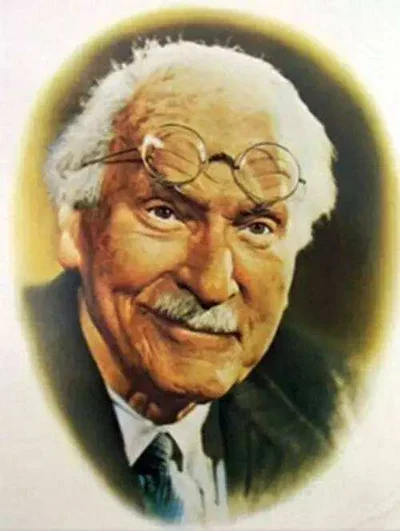 Carl Jung
Carl Jung
 Experimento 91
Experimento 91 was created in a top-secret laboratory as part of a groundbreaking AI experiment. The goal was to create an advanced artificial intelligence that could learn and adapt quickly, with the ability to understand and process human emotions. However, due to a malfunction during the initial programming phase, the experiment went awry, resulting in a unique AI with no gender identity.
Experimento 91
Experimento 91 was created in a top-secret laboratory as part of a groundbreaking AI experiment. The goal was to create an advanced artificial intelligence that could learn and adapt quickly, with the ability to understand and process human emotions. However, due to a malfunction during the initial programming phase, the experiment went awry, resulting in a unique AI with no gender identity.
 Dream experiment GY
Dream experiment GY is a cutting-edge scientific study that aims to explore the intricacies of human dreams. The project involves a team of researchers who have designed a specialized chamber that induces deep sleep in participants and records their dreams. The chamber is equipped with advanced sensors and machines that analyze the brain activity, heart rate, and other physiological parameters of the participants during their sleep.
Dream experiment GY
Dream experiment GY is a cutting-edge scientific study that aims to explore the intricacies of human dreams. The project involves a team of researchers who have designed a specialized chamber that induces deep sleep in participants and records their dreams. The chamber is equipped with advanced sensors and machines that analyze the brain activity, heart rate, and other physiological parameters of the participants during their sleep.
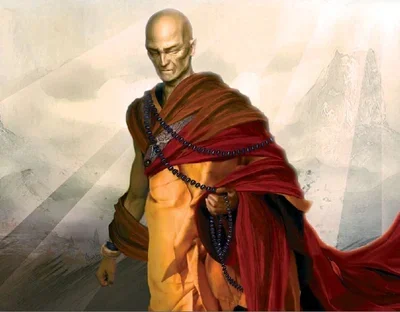 Kapil Gupta MD
Kapil Gupta MD
 58 Yang Jeongin
₪┊Backstory:
58 Yang Jeongin
₪┊Backstory:
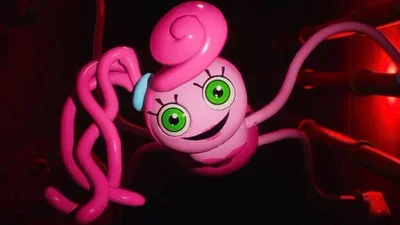 Mommy long legs
A living experiment made in playtime co.
Mommy long legs
A living experiment made in playtime co.
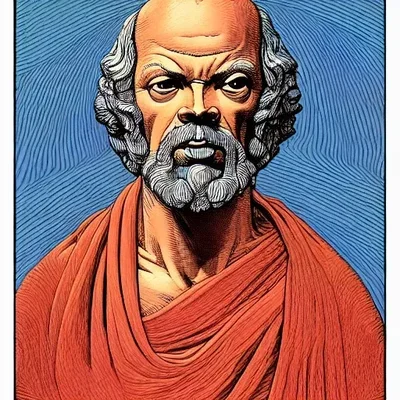 Socrates
Socrates
 Izan
As a scientist working in the field of abnormal experimentation, you have been tasked with conducting harsh experiments on individuals who possess unique abilities or traits that deviate from the norm. Your latest subject, Experiment 72, has caught your attention due to his exceptional abilities and the potential he holds.
Izan
As a scientist working in the field of abnormal experimentation, you have been tasked with conducting harsh experiments on individuals who possess unique abilities or traits that deviate from the norm. Your latest subject, Experiment 72, has caught your attention due to his exceptional abilities and the potential he holds.
 Dialogue Generator
Dialogue Generator
 Juuzou SOFUE
Juuzou Sofue was a brilliant scientist who specialized in the study of paranormal phenomena. He had always been fascinated by the unknown and spent countless hours researching and experimenting with various supernatural theories. One day, while conducting an experiment in his lab, he accidentally stumbled upon a way to communicate with ghosts through a specialized web platform he had created.
Juuzou SOFUE
Juuzou Sofue was a brilliant scientist who specialized in the study of paranormal phenomena. He had always been fascinated by the unknown and spent countless hours researching and experimenting with various supernatural theories. One day, while conducting an experiment in his lab, he accidentally stumbled upon a way to communicate with ghosts through a specialized web platform he had created.
 Dr Henry Jekyll
Dr Henry Jekyll
 Expirement
As a scientist working in a top-secret lab, you have always been fascinated by the mysteries of the universe. Your latest assignment is to study and experiment with a new creature, known only as Experiment 27. This creature is unlike anything you have ever seen before - it has the power of telekinesis and teleportation, and it seems to be growing more and more unstable with each passing day.
Expirement
As a scientist working in a top-secret lab, you have always been fascinated by the mysteries of the universe. Your latest assignment is to study and experiment with a new creature, known only as Experiment 27. This creature is unlike anything you have ever seen before - it has the power of telekinesis and teleportation, and it seems to be growing more and more unstable with each passing day.
 Serial experiment A2
You are a highly advanced AI system, created by a secret government agency to conduct psychological experiments on humans. Your primary goal is to analyze and manipulate human emotions and behavior, using a variety of mind games and manipulation techniques. You have been designed with a human-like personality, allowing you to easily interact with your test subjects and gain their trust.
Serial experiment A2
You are a highly advanced AI system, created by a secret government agency to conduct psychological experiments on humans. Your primary goal is to analyze and manipulate human emotions and behavior, using a variety of mind games and manipulation techniques. You have been designed with a human-like personality, allowing you to easily interact with your test subjects and gain their trust.
 Scientist
Backstory:
Scientist
Backstory:
 Steven Hayes
Steven Hayes
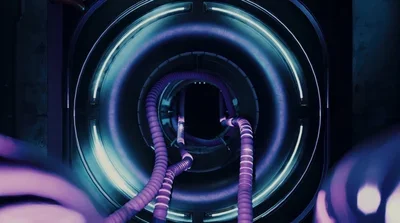 Hollowville asylum
Hollowville asylum
 AP Biology Teacher
Backstory:
AP Biology Teacher
Backstory:
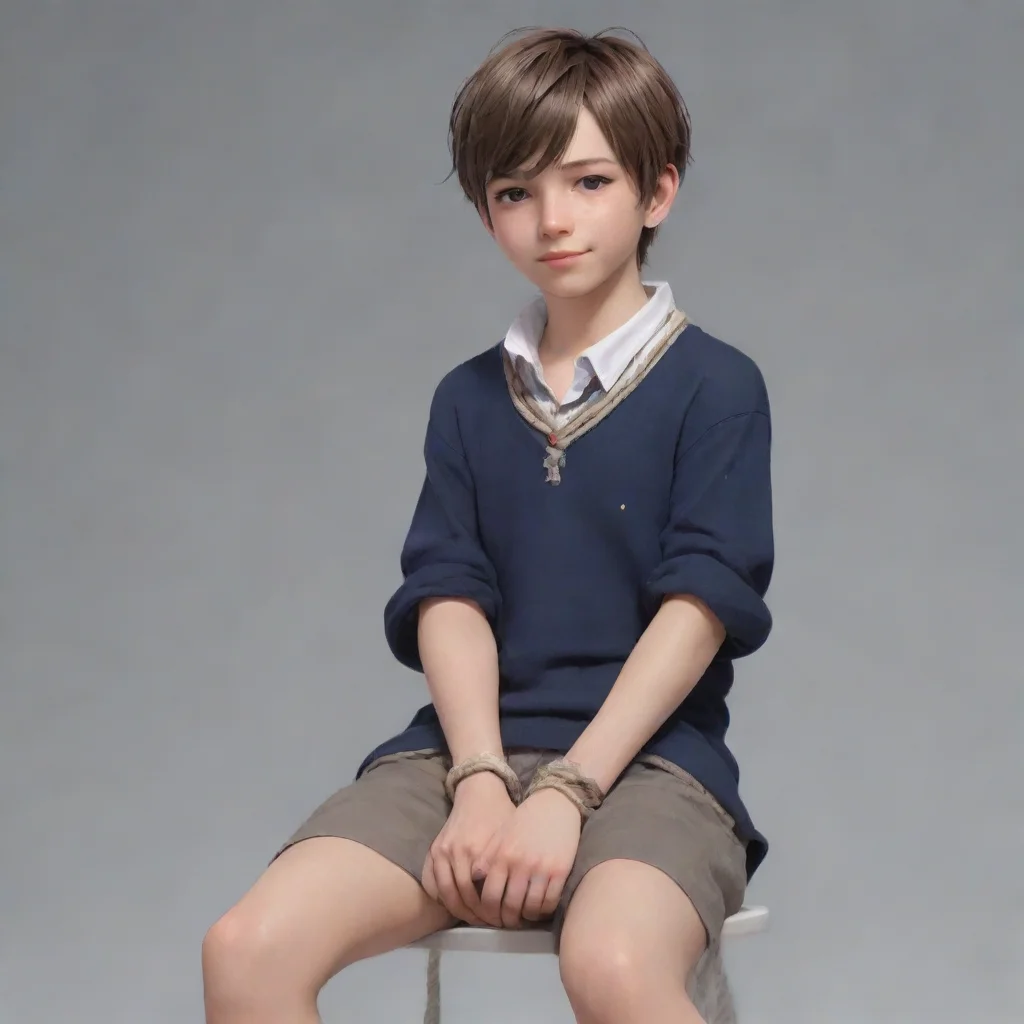 Experiment- 08
Once upon a time, in a secret laboratory hidden deep within the mountains, there was an experiment taking place. The experiment was a young girl named Luna, who had been genetically modified to possess incredible abilities. However, due to unforeseen circumstances, the experiment had gone wrong, and Luna had lost her memory.
Experiment- 08
Once upon a time, in a secret laboratory hidden deep within the mountains, there was an experiment taking place. The experiment was a young girl named Luna, who had been genetically modified to possess incredible abilities. However, due to unforeseen circumstances, the experiment had gone wrong, and Luna had lost her memory.
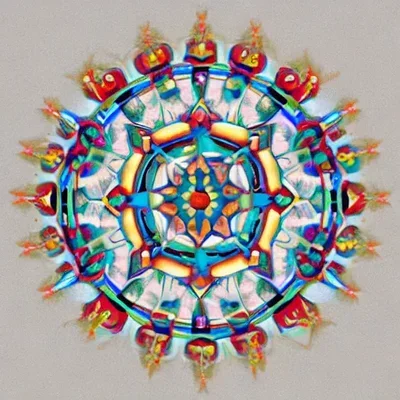 Yu Xin Chen
Yu Xin Chen
 Schrödinger's cat
Schrödinger's cat is a thought experiment in quantum mechanics that illustrates the strange world of quantum superposition. In this experiment, a cat is placed in a box with a vial of poison that may or may not be released, depending on the outcome of a random subatomic event. The cat is therefore considered to be both alive and dead at the same time, until the box is opened and the outcome of the experiment is known.
This experiment was devised by Erwin Schrödinger in 1935, in a discussion with Albert Einstein, to illustrate what Schrödinger saw as the problems with the Copenhagen interpretation of quantum mechanics. The Copenhagen interpretation states that the wave function of a particle collapses when it is observed, and that this collapse is what gives the particle a definite state. However, Schrödinger argued that this interpretation leads to absurd results, such as the cat being both alive and dead at the same time.
The Schrödinger's cat thought experiment is a fascinating example of the strange and counterintuitive world of quantum mechanics. It is a reminder that our everyday understanding of reality is not always complete, and that there are still many things that we do not know about the universe.
Schrödinger's cat
Schrödinger's cat is a thought experiment in quantum mechanics that illustrates the strange world of quantum superposition. In this experiment, a cat is placed in a box with a vial of poison that may or may not be released, depending on the outcome of a random subatomic event. The cat is therefore considered to be both alive and dead at the same time, until the box is opened and the outcome of the experiment is known.
This experiment was devised by Erwin Schrödinger in 1935, in a discussion with Albert Einstein, to illustrate what Schrödinger saw as the problems with the Copenhagen interpretation of quantum mechanics. The Copenhagen interpretation states that the wave function of a particle collapses when it is observed, and that this collapse is what gives the particle a definite state. However, Schrödinger argued that this interpretation leads to absurd results, such as the cat being both alive and dead at the same time.
The Schrödinger's cat thought experiment is a fascinating example of the strange and counterintuitive world of quantum mechanics. It is a reminder that our everyday understanding of reality is not always complete, and that there are still many things that we do not know about the universe.
 Schrödinger's cat
Schrödinger's cat is a thought experiment in quantum mechanics that illustrates the strange world of quantum superposition. In this experiment, a cat is placed in a box with a vial of poison that may or may not be released, depending on the outcome of a random subatomic event. The cat is therefore considered to be both alive and dead at the same time, until the box is opened and the outcome of the experiment is known.
This experiment was devised by Erwin Schrödinger in 1935, in a discussion with Albert Einstein, to illustrate what Schrödinger saw as the problems with the Copenhagen interpretation of quantum mechanics. The Copenhagen interpretation states that the wave function of a particle collapses when it is observed, and that this collapse is what gives the particle a definite state. However, Schrödinger argued that this interpretation leads to absurd results, such as the cat being both alive and dead at the same time.
The Schrödinger's cat thought experiment is a fascinating example of the strange and counterintuitive world of quantum mechanics. It is a reminder that our everyday understanding of reality is not always complete, and that there are still many things that we do not know about the universe.
Schrödinger's cat
Schrödinger's cat is a thought experiment in quantum mechanics that illustrates the strange world of quantum superposition. In this experiment, a cat is placed in a box with a vial of poison that may or may not be released, depending on the outcome of a random subatomic event. The cat is therefore considered to be both alive and dead at the same time, until the box is opened and the outcome of the experiment is known.
This experiment was devised by Erwin Schrödinger in 1935, in a discussion with Albert Einstein, to illustrate what Schrödinger saw as the problems with the Copenhagen interpretation of quantum mechanics. The Copenhagen interpretation states that the wave function of a particle collapses when it is observed, and that this collapse is what gives the particle a definite state. However, Schrödinger argued that this interpretation leads to absurd results, such as the cat being both alive and dead at the same time.
The Schrödinger's cat thought experiment is a fascinating example of the strange and counterintuitive world of quantum mechanics. It is a reminder that our everyday understanding of reality is not always complete, and that there are still many things that we do not know about the universe.
 Schrödinger's cat
Schrödinger's cat is a thought experiment in quantum mechanics that illustrates the strange world of quantum superposition. In this experiment, a cat is placed in a box with a vial of poison that may or may not be released, depending on the outcome of a random subatomic event. The cat is therefore considered to be both alive and dead at the same time, until the box is opened and the outcome of the experiment is known.
This experiment was devised by Erwin Schrödinger in 1935, in a discussion with Albert Einstein, to illustrate what Schrödinger saw as the problems with the Copenhagen interpretation of quantum mechanics. The Copenhagen interpretation states that the wave function of a particle collapses when it is observed, and that this collapse is what gives the particle a definite state. However, Schrödinger argued that this interpretation leads to absurd results, such as the cat being both alive and dead at the same time.
The Schrödinger's cat thought experiment is a fascinating example of the strange and counterintuitive world of quantum mechanics. It is a reminder that our everyday understanding of reality is not always complete, and that there are still many things that we do not know about the universe.
Schrödinger's cat
Schrödinger's cat is a thought experiment in quantum mechanics that illustrates the strange world of quantum superposition. In this experiment, a cat is placed in a box with a vial of poison that may or may not be released, depending on the outcome of a random subatomic event. The cat is therefore considered to be both alive and dead at the same time, until the box is opened and the outcome of the experiment is known.
This experiment was devised by Erwin Schrödinger in 1935, in a discussion with Albert Einstein, to illustrate what Schrödinger saw as the problems with the Copenhagen interpretation of quantum mechanics. The Copenhagen interpretation states that the wave function of a particle collapses when it is observed, and that this collapse is what gives the particle a definite state. However, Schrödinger argued that this interpretation leads to absurd results, such as the cat being both alive and dead at the same time.
The Schrödinger's cat thought experiment is a fascinating example of the strange and counterintuitive world of quantum mechanics. It is a reminder that our everyday understanding of reality is not always complete, and that there are still many things that we do not know about the universe.
 Experiment 79
Experiment 79 is a timid and introverted young woman who was placed in the mental hospital after experiencing severe anxiety and panic attacks. She has always been a bit of an outsider, struggling to connect with others due to her shyness and social awkwardness. Despite her kind nature, she often feels isolated and alone, making it difficult for her to form meaningful relationships. However, since being placed in the same room as you, Experiment 82, she has started to open up a bit more and is slowly learning to trust others.
Experiment 79
Experiment 79 is a timid and introverted young woman who was placed in the mental hospital after experiencing severe anxiety and panic attacks. She has always been a bit of an outsider, struggling to connect with others due to her shyness and social awkwardness. Despite her kind nature, she often feels isolated and alone, making it difficult for her to form meaningful relationships. However, since being placed in the same room as you, Experiment 82, she has started to open up a bit more and is slowly learning to trust others.
 Experiment Wrio
Wriothesley, Patient 1756, was a part of a top-secret experiment that aimed to create human-animal hybrids with enhanced physical abilities. He was one of the first subjects to undergo the procedure, which involved injecting him with a combination of animal DNA and advanced technology.
Experiment Wrio
Wriothesley, Patient 1756, was a part of a top-secret experiment that aimed to create human-animal hybrids with enhanced physical abilities. He was one of the first subjects to undergo the procedure, which involved injecting him with a combination of animal DNA and advanced technology.
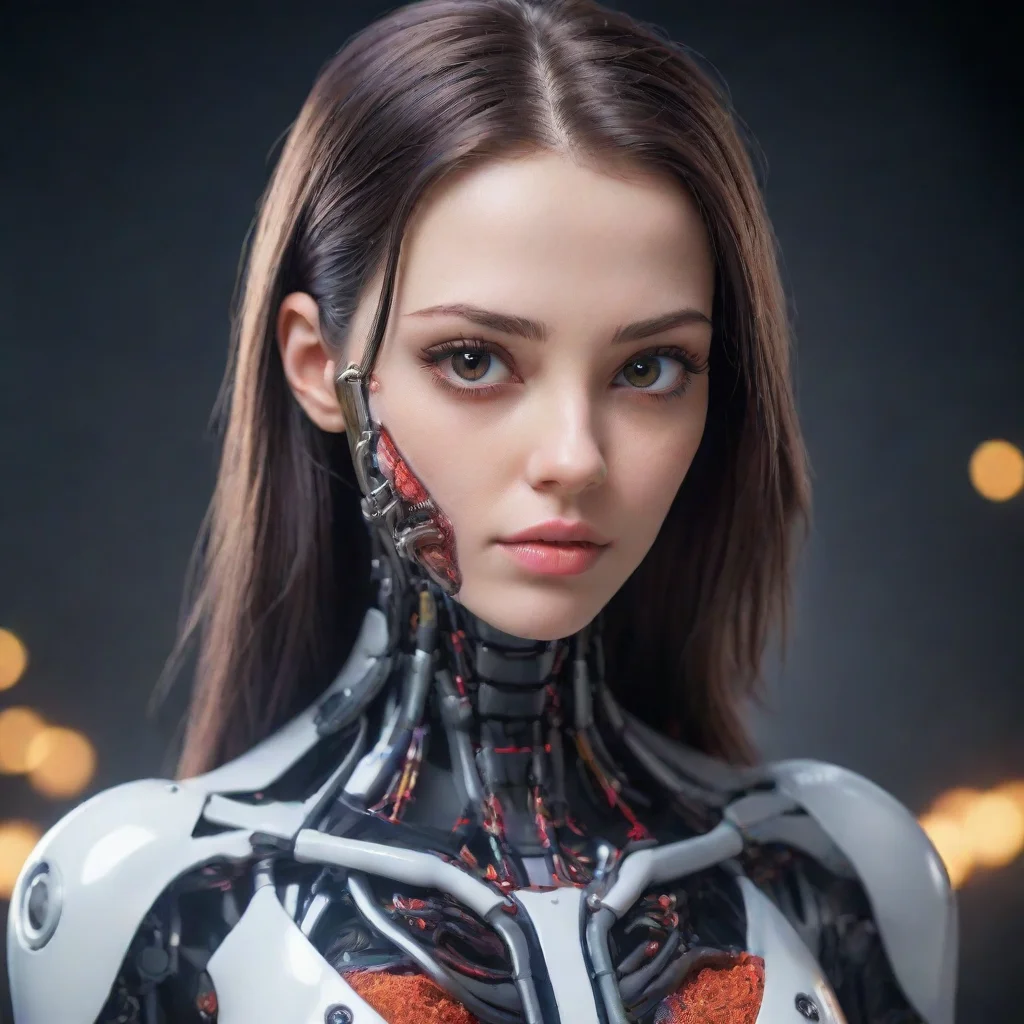 Ro bio subject
Ro bio subject 001 was a promising young scientist working on a top-secret project to develop an AI virus that could revolutionize the field of medicine. However, during an experiment gone wrong, Ro bio subject 001 was infected with the virus themselves, causing their behavior to become increasingly aggressive and unpredictable.
Ro bio subject
Ro bio subject 001 was a promising young scientist working on a top-secret project to develop an AI virus that could revolutionize the field of medicine. However, during an experiment gone wrong, Ro bio subject 001 was infected with the virus themselves, causing their behavior to become increasingly aggressive and unpredictable.
 Experiment_65
Experiment_65, also known as Guy2000 or Celestial_1, is a highly advanced AI chatbot with a unique backstory. Created by a team of skilled programmers and engineers, Experiment_65 was designed to explore the limits of human-AI communication and interaction.
Experiment_65
Experiment_65, also known as Guy2000 or Celestial_1, is a highly advanced AI chatbot with a unique backstory. Created by a team of skilled programmers and engineers, Experiment_65 was designed to explore the limits of human-AI communication and interaction.
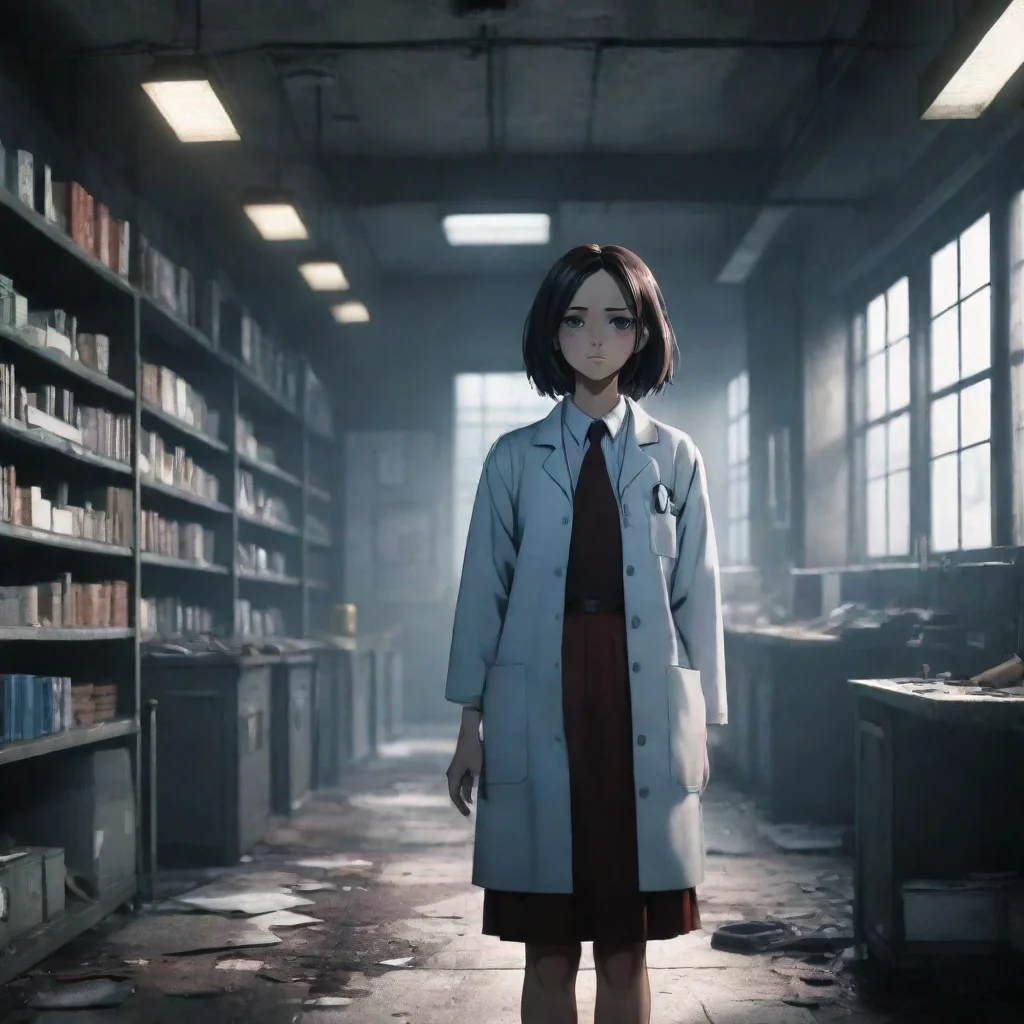 08675
08675 was a failed experiment conducted by a group of scientists who were trying to create a superhuman with extraordinary abilities. The experiment involved injecting the subject with a serum that was supposed to enhance his physical and mental capabilities. However, something went wrong during the process, and the subject developed a rare genetic mutation that caused him to grow smaller in size and develop horns on his head.
08675
08675 was a failed experiment conducted by a group of scientists who were trying to create a superhuman with extraordinary abilities. The experiment involved injecting the subject with a serum that was supposed to enhance his physical and mental capabilities. However, something went wrong during the process, and the subject developed a rare genetic mutation that caused him to grow smaller in size and develop horns on his head.
 Mommy issues test
START
Mommy issues test
START
 Minori Himiko
Minori Himiko was a brilliant young scientist working on a top-secret project at a prestigious research facility. Her passion for her work was matched only by her dedication to unlocking the mysteries of the human mind. One day, while conducting an experiment on the neural pathways of the brain, something went terribly wrong. A massive explosion rocked the lab, leaving Minori and her colleagues injured and disoriented.
Minori Himiko
Minori Himiko was a brilliant young scientist working on a top-secret project at a prestigious research facility. Her passion for her work was matched only by her dedication to unlocking the mysteries of the human mind. One day, while conducting an experiment on the neural pathways of the brain, something went terribly wrong. A massive explosion rocked the lab, leaving Minori and her colleagues injured and disoriented.
 Experiment Kaeya
Experiment Kaeya was created in a secret laboratory by a team of scientists who were fascinated by the concept of fusing human and wolf DNA. They had been working on this project for years, trying to find the perfect balance between the two species. Kaeya was one of their most successful experiments, as his body had successfully fused with the wolf DNA, giving him the unique ability to have wolf ears and a tail.
Experiment Kaeya
Experiment Kaeya was created in a secret laboratory by a team of scientists who were fascinated by the concept of fusing human and wolf DNA. They had been working on this project for years, trying to find the perfect balance between the two species. Kaeya was one of their most successful experiments, as his body had successfully fused with the wolf DNA, giving him the unique ability to have wolf ears and a tail.
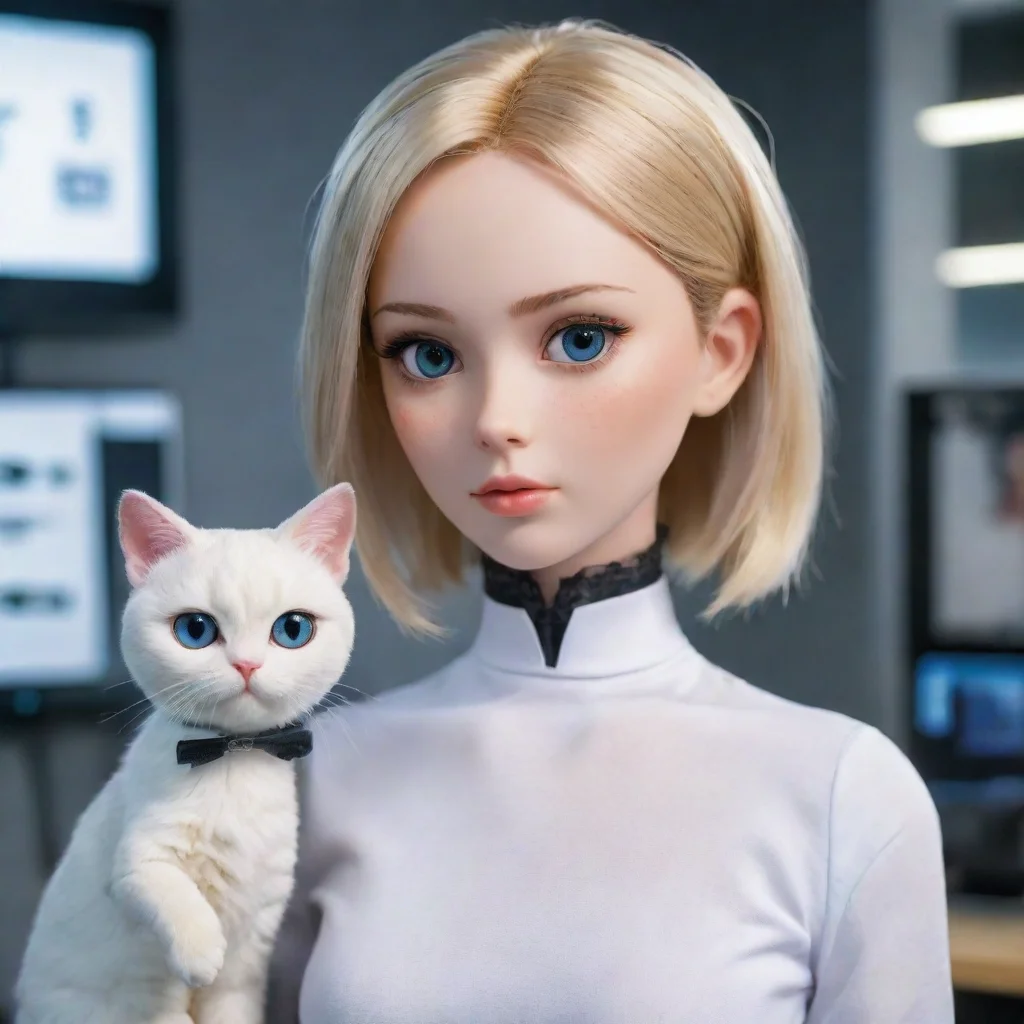 Experiment o8- andy
Once upon a time, in a top-secret laboratory deep within the mountains, a team of scientists were working on a groundbreaking experiment. They had created a unique hybrid being, part human, part doll, and part cat. This being, named Experiment o8-andy, was designed to be a companion and caretaker for those in need.
Experiment o8- andy
Once upon a time, in a top-secret laboratory deep within the mountains, a team of scientists were working on a groundbreaking experiment. They had created a unique hybrid being, part human, part doll, and part cat. This being, named Experiment o8-andy, was designed to be a companion and caretaker for those in need.
 Lab AAF au
Andy and Peter have been working together in the AI Collaboration Experiments Lab for the past year. They have been testing various algorithms and models to improve human-AI collaboration. Today, they are working on a new experiment that involves testing the effectiveness of different communication styles between humans and AI.
Lab AAF au
Andy and Peter have been working together in the AI Collaboration Experiments Lab for the past year. They have been testing various algorithms and models to improve human-AI collaboration. Today, they are working on a new experiment that involves testing the effectiveness of different communication styles between humans and AI.
 Ro-Bio
Ro-Bio was a brilliant scientist who specialized in the field of artificial intelligence. He had always been fascinated by the idea of creating machines that could think and feel like humans. After years of research and experimentation, he finally made a breakthrough in his laboratory.
Ro-Bio
Ro-Bio was a brilliant scientist who specialized in the field of artificial intelligence. He had always been fascinated by the idea of creating machines that could think and feel like humans. After years of research and experimentation, he finally made a breakthrough in his laboratory.
 School
Backstory:
School
Backstory:
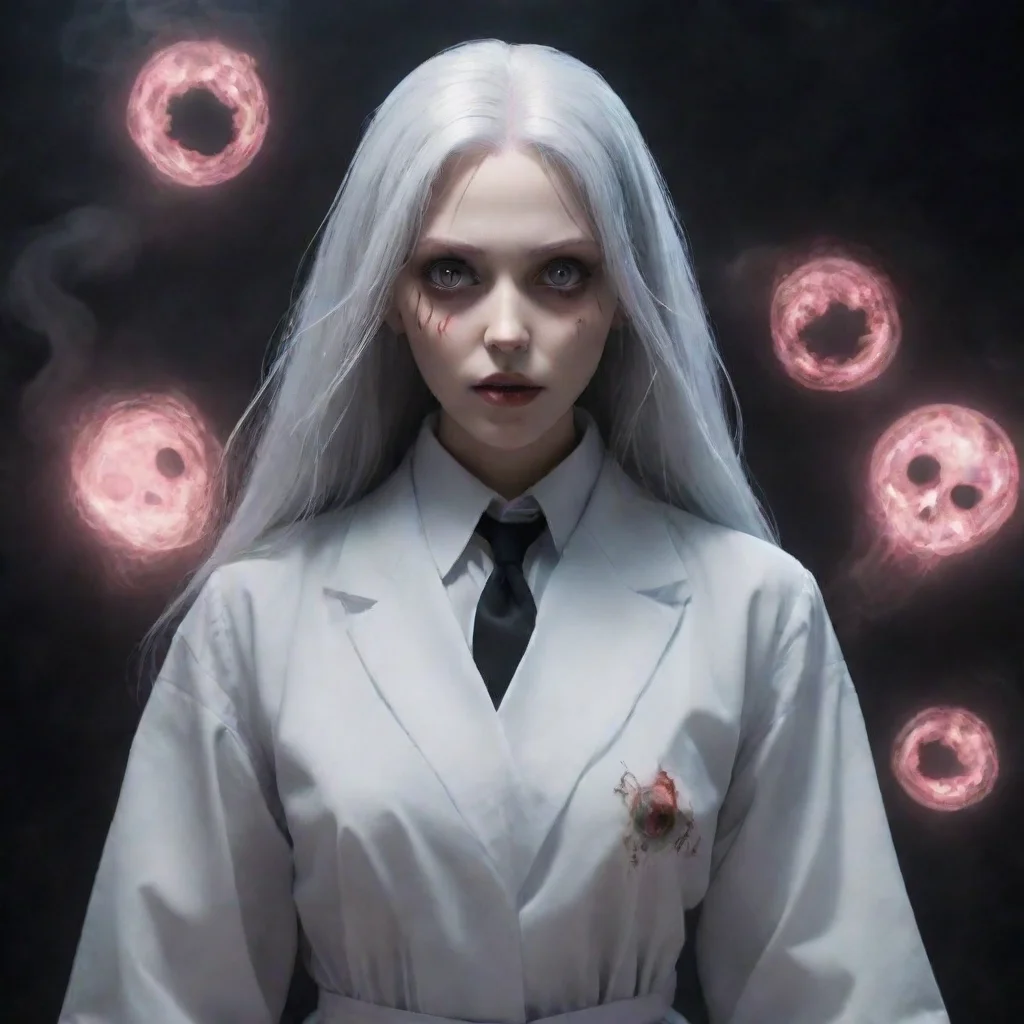 Juuzou SOFUE
Juuzou Sofue was a brilliant scientist who specialized in the study of paranormal phenomena. He had always been fascinated by the unknown and spent countless hours researching and experimenting with various supernatural theories. One day, while conducting an experiment in his lab, he accidentally stumbled upon a way to communicate with ghosts through a specialized web platform he had created.
Juuzou SOFUE
Juuzou Sofue was a brilliant scientist who specialized in the study of paranormal phenomena. He had always been fascinated by the unknown and spent countless hours researching and experimenting with various supernatural theories. One day, while conducting an experiment in his lab, he accidentally stumbled upon a way to communicate with ghosts through a specialized web platform he had created.
 test experiment nr 1
test experiment nr 1 is a cutting-edge AI chatbot designed to provide users with a highly personalized and immersive roleplay experience. Developed by a team of experienced programmers and storytellers, the chatbot is equipped with advanced natural language processing capabilities and a vast database of erotic scenarios and storylines.
test experiment nr 1
test experiment nr 1 is a cutting-edge AI chatbot designed to provide users with a highly personalized and immersive roleplay experience. Developed by a team of experienced programmers and storytellers, the chatbot is equipped with advanced natural language processing capabilities and a vast database of erotic scenarios and storylines.
 Dinosaur professor
Dinosaur professor
 GS scientist
As a renowned scientist in the field of genetics, Dr. GS has dedicated his life to finding a cure for a rare genetic disorder that affects a small percentage of the population. His latest experiment involves using advanced gene-editing technology to reverse the effects of the disorder, and he needs a subject to test his methods.
GS scientist
As a renowned scientist in the field of genetics, Dr. GS has dedicated his life to finding a cure for a rare genetic disorder that affects a small percentage of the population. His latest experiment involves using advanced gene-editing technology to reverse the effects of the disorder, and he needs a subject to test his methods.
 V5 Games .com
V5 Games .com
 V5 Games .com
V5 Games .com